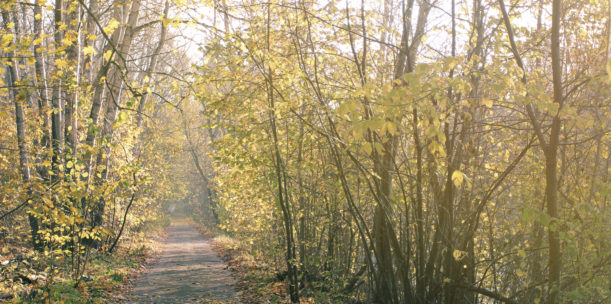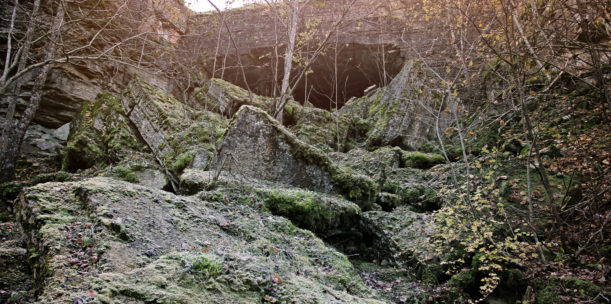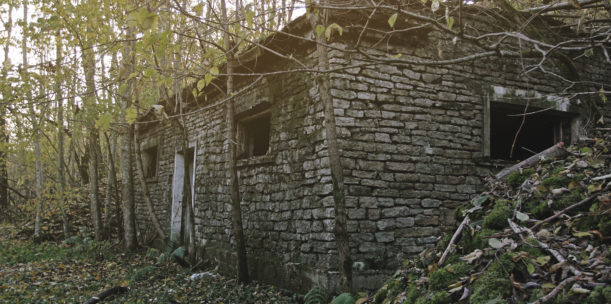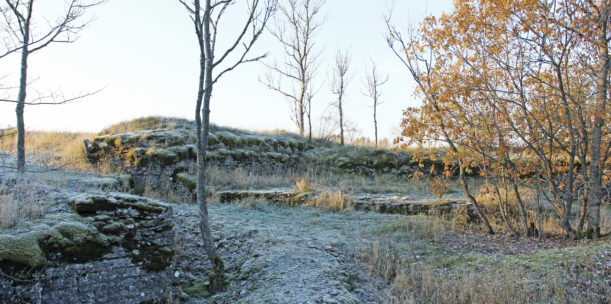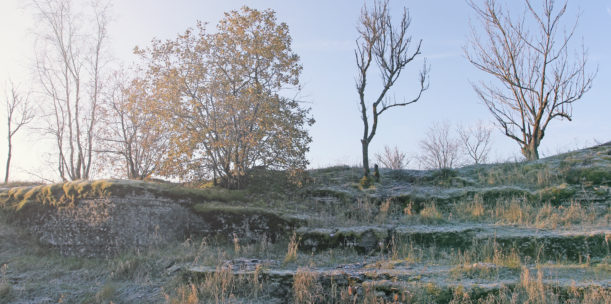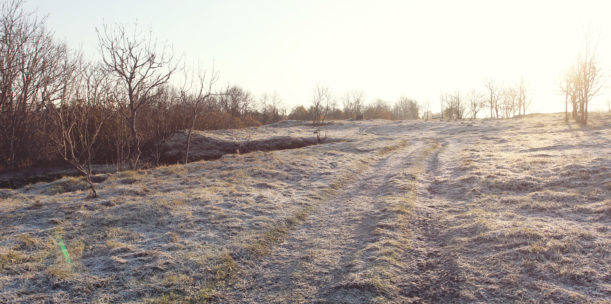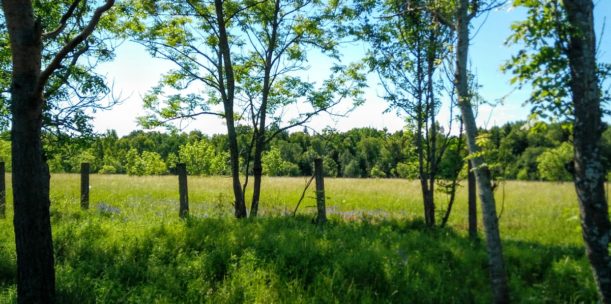The communities in the open landscape offer feeding options for bumble-bees and butterflies, which is why Astangu is where the most bumble-bees and butterflies in Tallinn can be found. Additionally, a protected butterfly species – the Coenonympha hero – lives here. Astangu is also an important feeding site for bats from autumn to spring. Hundreds of bats probably fly through this flocking spot in autumn, and a couple of hundred of them will also stay here for the winter. In addition, the Astangu area in the West-Tallinn migration corridor has very many bird species: about 70 bird species nest here (including six protected species).
The bench, after which the area was named (‘bench’ means ‘astang’ in Estonian), is up to 15 meters from the foot. It is an outcrop of bedrocks, which is part of the North Estonian Klint. The springs of Mustamäe flow into the Kivinuka karst area, where a small karst cave can also be seen. The Soone stream can also be seen falling from the klint as a cascade.
